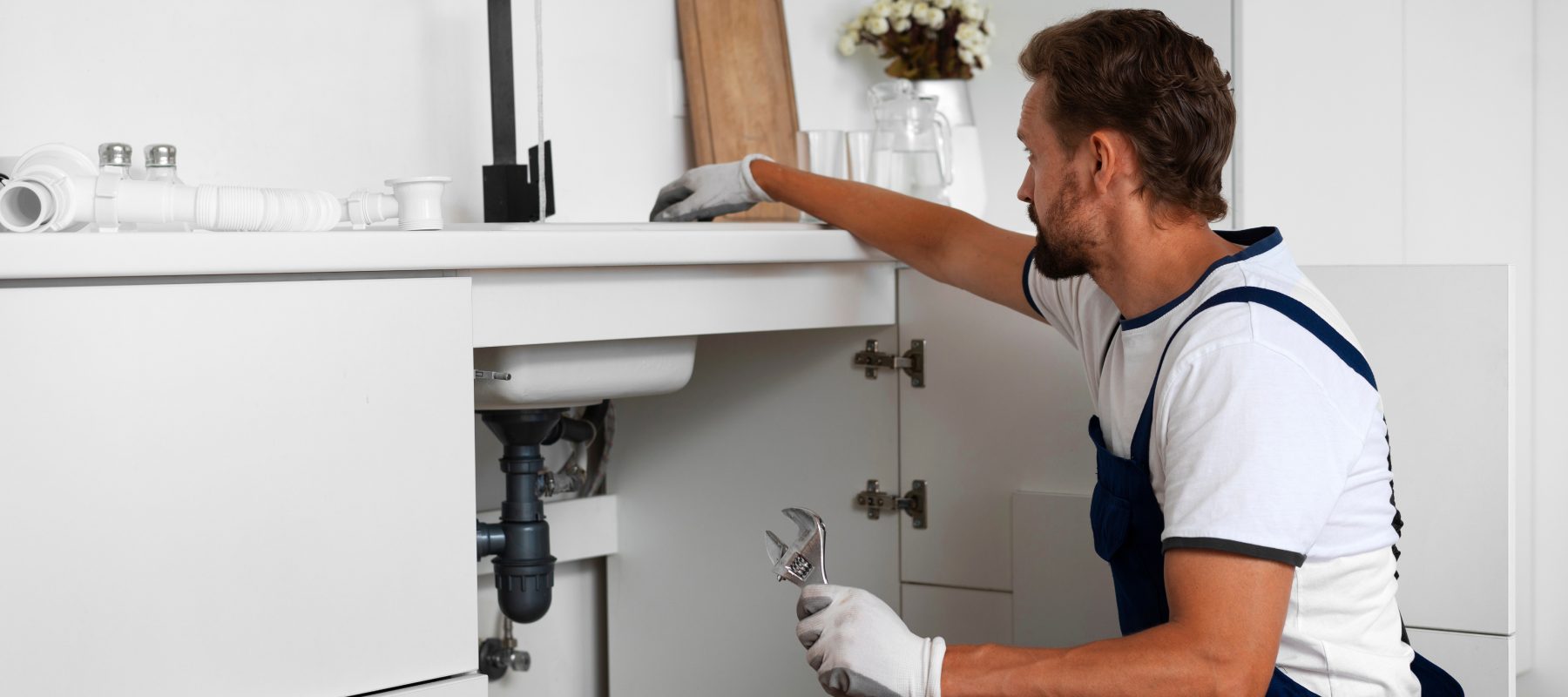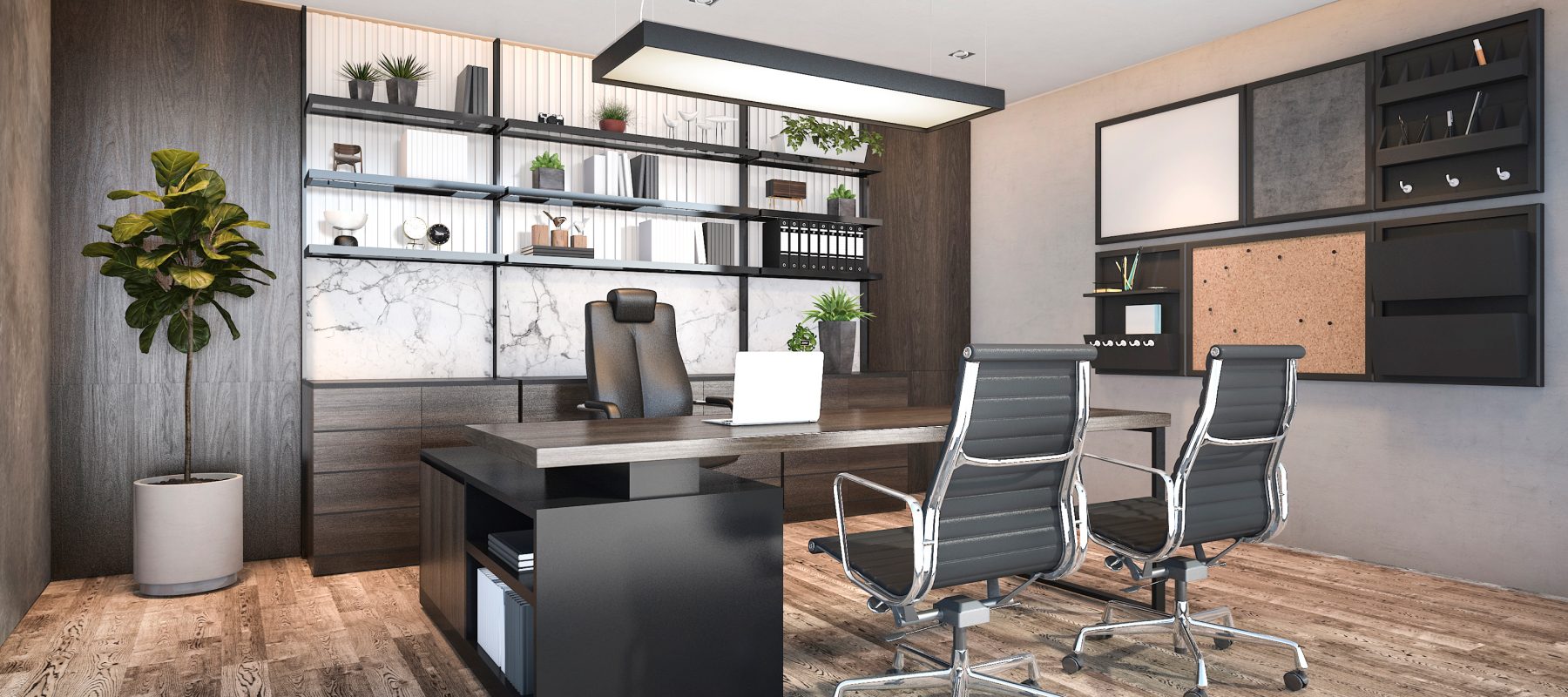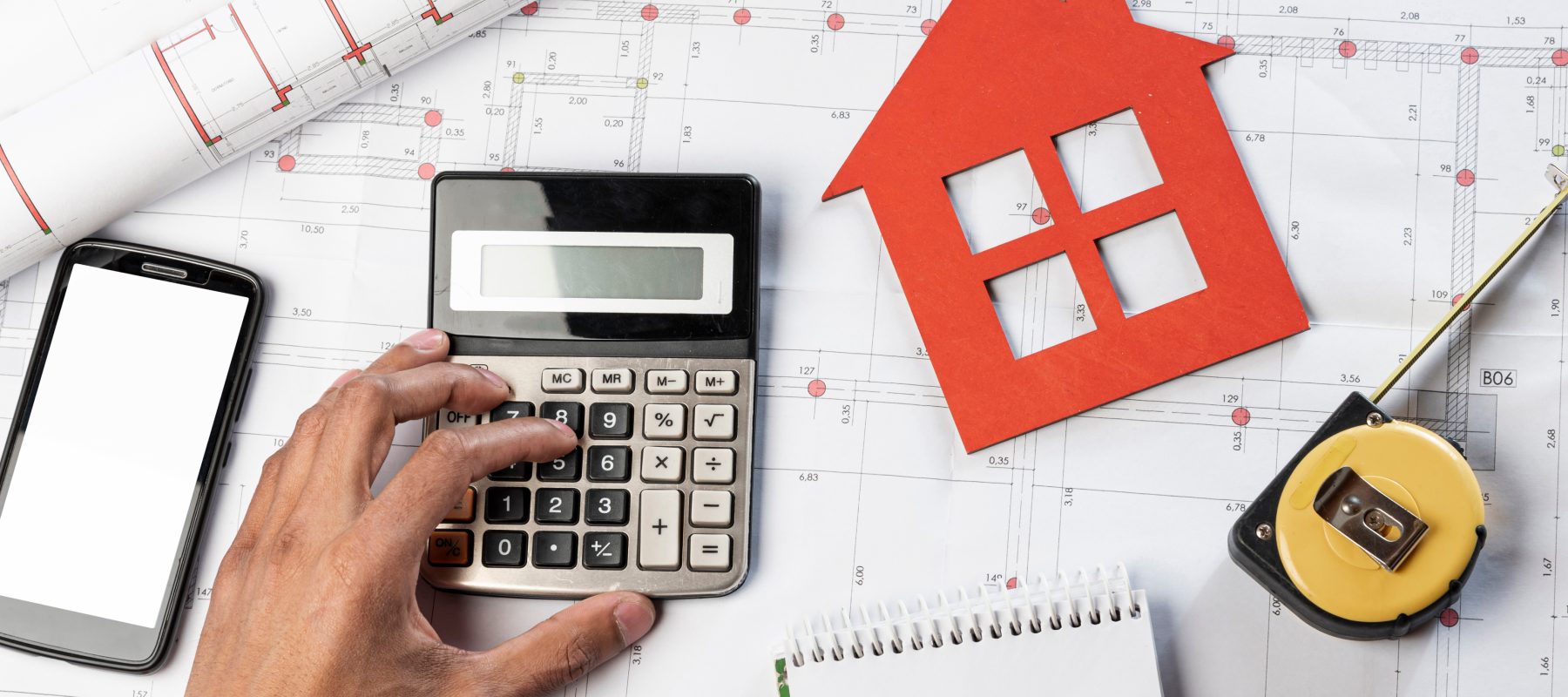Planning a kitchen or bathroom renovation can be an exciting project that breathes new life into your home. However, renovations in these areas come with specific challenges, particularly when it comes to plumbing. A well-executed plumbing plan ensures that your new space not only looks great but functions seamlessly for years to come.
Whether you’re a homeowner taking on a DIY project or working with a professional, these essential plumbing tips and tricks will guide you toward a successful renovation.

Top 10 Essential Plumbing Tips and Tricks
1. Plan Your Plumbing Layout Carefully
Before diving into any renovation, take time to thoroughly plan the layout of your plumbing system. Consider the placement of sinks, showers, bathtubs, and appliances, as their locations will directly impact your plumbing. Having a clear layout will not only keep you organized but also help avoid costly last-minute changes.
Begin by measuring your space accurately. Ensure that all fixtures fit comfortably without crowding, and plan around any existing water and drainage lines whenever possible to reduce labor costs and minimize disruption.
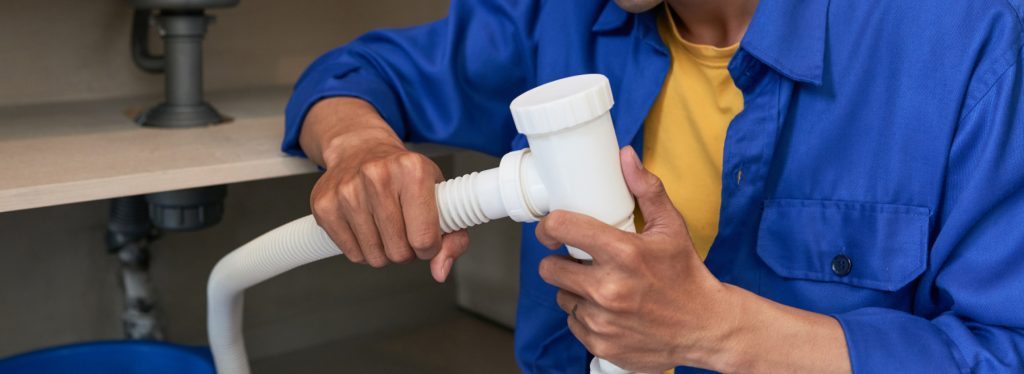
2. Inspect Existing Pipes and Fixtures
One of the biggest mistakes people make during renovations is ignoring the condition of their current plumbing. Before you start installing new fixtures, thoroughly inspect your existing pipes and fittings. Look for signs of corrosion, leaks, or blockages, as these could lead to problems down the line.
Replacing old or damaged pipes during a renovation is often more cost-effective and less disruptive than dealing with emergency repairs later. Copper, PEX, and PVC pipes are popular choices today, each with specific benefits depending on your needs. Consult with a professional plumber if you’re unsure about the best materials for your renovation.
3. Choose High-Quality Fixtures
Investing in high-quality fixtures for your kitchen and bathroom will pay off in the long run. Cheap faucets, showerheads, and valves may save you money upfront, but they’re prone to leaks, corrosion, and other issues that can lead to expensive repairs or replacements.
When selecting fixtures, look for products with solid warranties and high customer ratings. Durable materials like stainless steel, brass, and ceramic tend to withstand wear and tear better than their cheaper counterparts, providing lasting value and performance.
4. Focus on Proper Ventilation
Proper ventilation is crucial in areas like bathrooms and kitchens where moisture levels are high. Poor ventilation can lead to mold and mildew growth, damaging your walls, floors, and even plumbing. Ensure your bathroom has an exhaust fan installed, and your kitchen includes a range hood or similar ventilation system.
Proper ventilation prevents moisture from accumulating and reduces the risk of leaks caused by condensation around pipes. Moreover, well-ventilated spaces are healthier, reducing the buildup of allergens and harmful bacteria.

5. Consider Installing a Water Pressure Regulator
High water pressure might seem like a luxury, but it can strain your plumbing system over time. If your home’s water pressure is higher than recommended (usually over 60 psi), it can wear out pipes, valves, and fixtures prematurely. Installing a water pressure regulator helps to maintain a safe pressure level, extending the life of your plumbing system and preventing leaks.
Testing your water pressure is simple and inexpensive. You can use a pressure gauge to determine if it falls within the optimal range. If it’s too high, a water pressure regulator is a smart addition during a renovation.
6. Plan for Easy Access to Shut-Off Valves
Shut-off valves are essential for quick and easy control over your water supply, especially in emergencies. During a renovation, plan the locations of these valves for easy access. Ensure you have individual shut-off valves for major appliances, such as dishwashers and washing machines, as well as separate valves for sinks and toilets.
Accessible shut-off valves allow you to isolate problems without disrupting the entire plumbing system. This is particularly useful in the kitchen, where water is frequently used and where leaks can cause costly damage if not handled swiftly.
7. Optimize for Energy Efficiency
Upgrading your plumbing fixtures to more energy-efficient options is a great way to lower utility bills while conserving water. Low-flow toilets, faucets, and showerheads are widely available and can significantly reduce water usage without compromising performance.
Consider tankless water heaters, which provide hot water on demand and reduce energy waste by eliminating the need for a storage tank. Similarly, installing pipe insulation is a simple and effective way to improve efficiency, as it helps reduce heat loss and keeps your water warmer for longer.
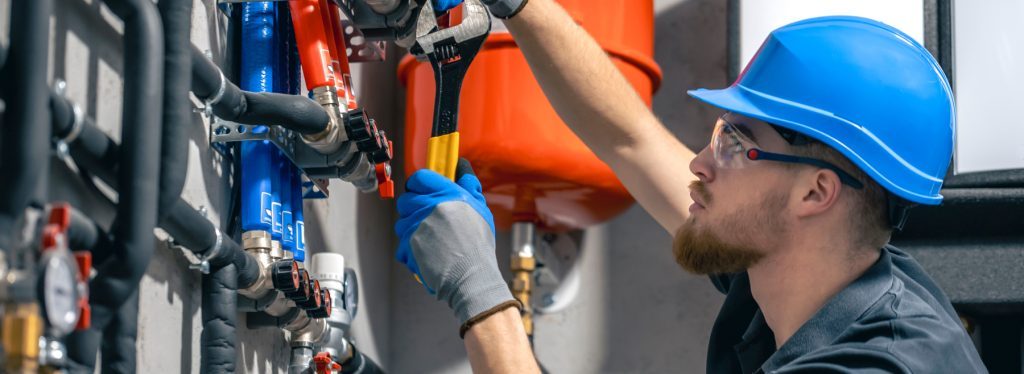
8. Think About Future Maintenance
It’s easy to get caught up in the design aspect of a renovation, but it’s important to plan for long-term maintenance as well. Choose fixtures and materials that are easy to clean and repair, as this will save you time and money in the future.
For example, wall-mounted faucets not only look stylish but also make countertop cleaning easier, while certain materials like stainless steel resist staining and rust better than others. Small details like these can make a big difference in your day-to-day maintenance routine.
9. Ensure Compliance with Plumbing Codes
Plumbing codes are established to ensure safety and efficiency in your home. These regulations vary depending on your location, so it’s essential to research local plumbing codes before starting any renovation. Failing to comply with these codes can result in penalties and even void your home insurance in the event of a plumbing-related claim.
If you’re working with a licensed plumber, they will ensure your project meets all necessary codes. However, if you’re managing the project independently, be diligent in researching and following these standards. Adhering to codes is particularly important in kitchens and bathrooms, where plumbing is a critical component of the renovation.
10. Double-Check Drain Slopes and Water Flow
Proper drainage is critical to avoid water pooling in sinks, showers, and tubs. When renovating, ensure that all drain pipes have the correct slope (typically about 1/4 inch per foot) to allow water to flow smoothly. Insufficient slope can lead to blockages, while too steep a slope may cause water to drain too quickly, leaving solids behind and creating clogs.

An often-overlooked detail, proper drainage also prevents foul odors from seeping into your living spaces. If you’re unsure about the slope or flow of your drain pipes, consulting a professional plumber can help prevent costly mistakes.
Conclusion
By following these essential plumbing tips, you’ll be well on your way to a successful and worry-free bathroom or kitchen renovation. Proper planning, careful selection of fixtures, and attention to detail will enhance the beauty of your home. It also provides a long-lasting functionality. Whether you’re going DIY or partnering with a professional, these strategies will help ensure a renovation that meets your needs and adds value to your property.

I’m a passionate DIY decor specialist with a deep love for transforming spaces into personalized havens. With years of experience in crafting unique home decor, I thrive on creating stylish and budget-friendly solutions that reflect individual tastes.

